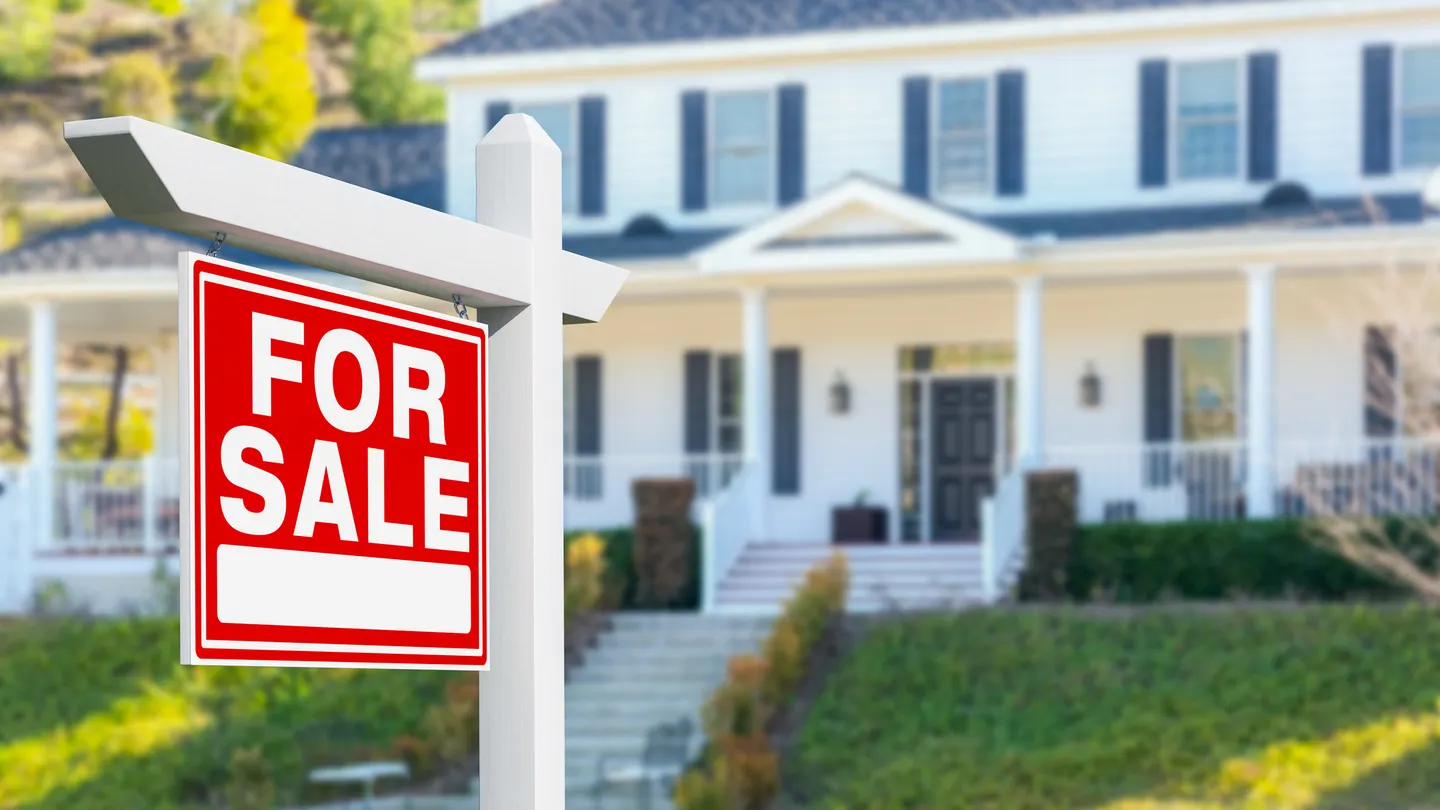Housing Market Still Out of Reach for Many Despite Modest Supply Gains
Housing Market Still Out of Reach for Many Despite Modest Supply Gains
May 16, 2025 | Albany, CA — The U.S. housing market is showing early signs of recovery in inventory, but a new report reveals that affordability remains a significant barrier—especially for low- and middle-income buyers.
According to the latest data from the National Association of Realtors and Realtor.com, home prices in March were 39% higher than they were in March 2019, before the COVID-19 pandemic triggered a real estate boom. While more homes are hitting the market, most are still priced beyond the reach of the average American household.
“Buyers are seeing more homes on the market compared to last year, and some are priced within reach of moderate-income households,” said Danielle Hale, chief economist at Realtor.com. “But this report shows we still lack enough affordable homes for low- and moderate-income buyers.”
The report defines affordability using the standard rule that housing costs—including mortgage, taxes, and insurance—should not exceed 30% of a household’s income. For households earning between $75,000 and $100,000 a year, the share of affordable listings increased slightly from 20.8% in March 2024 to 21.2% this year. However, in 2019, nearly half (48.8%) of all homes were within their budget.
To restore balance, the market would need an additional 416,000 listings priced at or below $255,000.
Buyers earning less than $75,000 face even greater obstacles. A household making $50,000 could afford just 8.7% of active listings this March—down from 27.8% in 2019. In contrast, households earning $250,000 or more can afford at least 80% of homes currently on the market.
Geographically, the Midwest and South are seeing the greatest improvement in affordable inventory. Cities like Akron, Ohio; St. Louis, Missouri; and Pittsburgh, Pennsylvania are considered balanced markets. Others—such as Raleigh, North Carolina and Des Moines, Iowa—have made progress but still lag behind demand.
Still, more than 40% of the nation’s 100 largest metro areas remain unaffordable to most buyers. In cities like Seattle and Washington, D.C., households must earn over $150,000 to afford even half of the available homes.
In a positive shift, formerly overheated markets such as Austin, San Francisco, and Denver have seen affordability improve, with inventory levels surpassing pre-pandemic norms.
“This shows that with the right combination of new construction, market corrections, and local policy changes, even the toughest markets can begin to rebalance,” the report states.
But other markets, including Los Angeles, San Diego, and New York City, continue to worsen. The report attributes this to decades of underbuilding, limited land, high construction costs, and restrictive zoning laws—combined with rising population pressures.
Builders are trying to meet the demand for affordable housing, but face escalating costs and policy uncertainty. Single-family housing starts in March were down nearly 10% from the same month last year.
As the market adjusts, affordability remains the defining challenge for America’s homebuyers—and one that won’t be solved without systemic efforts from policymakers, developers, and communities.










